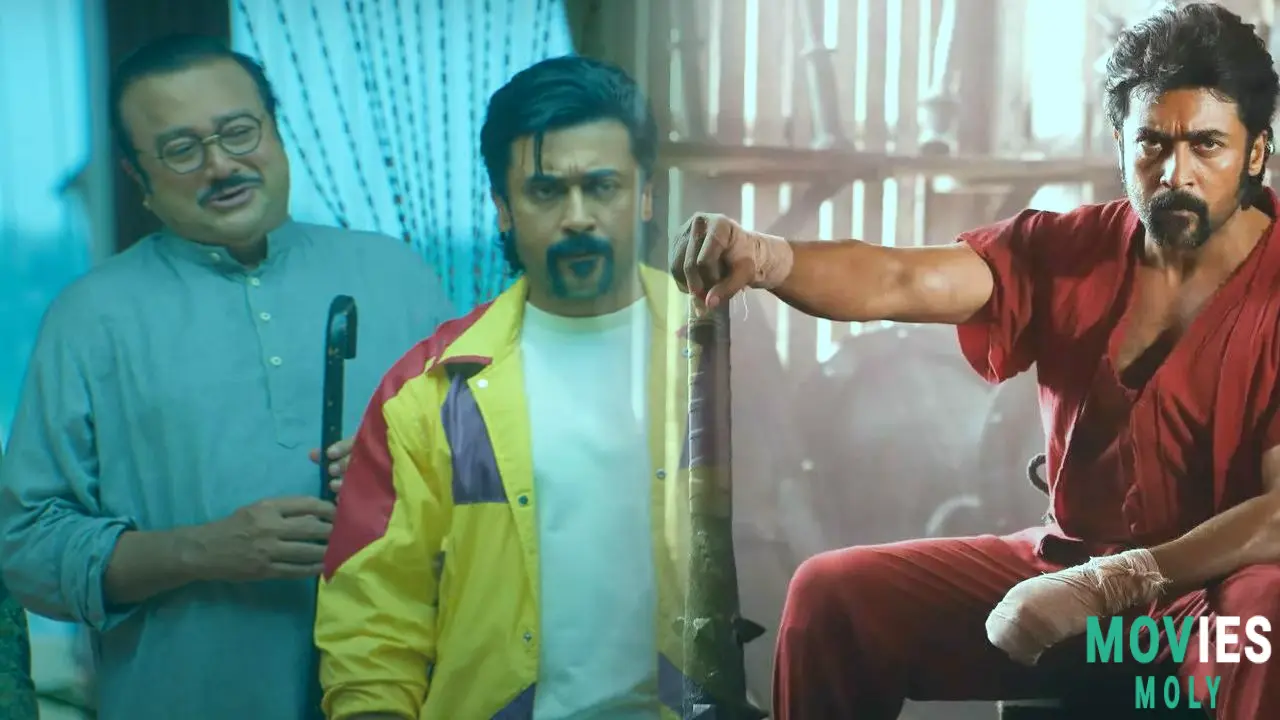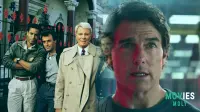There’s a certain magic that only a theatrical experience can unlock—one that elevates the energy, sound, and spectacle of a film into something unforgettable. Retro, directed by Karthik Subbaraj and starring Suriya in a dual role, is one such film that begs to be seen on the biggest screen possible. Releasing on May 1, 2025, this Tamil-language action sci-fi romp blends time travel, gangster drama, and mass appeal into a colorful, chaotic concoction that’s as ambitious as it is entertaining.
While critics and fans alike are divided on the film’s narrative coherence, one thing is clear: Retro is designed for the theatre experience. Here’s a deeper dive into why this film, with all its genre-hopping bravado, punches harder when watched surrounded by a crowd—and why Suriya’s latest outing is still a celebration of style, energy, and star power.
Suriya’s dual performance packs emotional and mass appeal punchAt the heart of Retro is Suriya, who effortlessly toggles between two versions of his character—Paarivel Kannan and an alternate persona layered with mystery and menace. This isn’t just a gimmick; it’s a showcase of Suriya’s range. Whether he’s brooding through a nostalgic love sequence or exploding into slow-motion rage in a warehouse brawl, he owns every frame.
What makes his performance stand out is the balance between mass appeal and emotional weight. Suriya doesn’t just deliver punch dialogues; he delivers them with a subtext that resonates. Moments that might have come off as over-the-top in isolation gain depth when played out in a packed theatre. This is the kind of performance that comics fans relate to—think of it as Suriya channeling the intensity of a Wolverine with the charisma of a Tony Stark. It's layered, it's dynamic, and it’s most effective when experienced with an audience that’s as hyped as you are.
Time travel meets retro aesthetics for a visual and narrative thrill
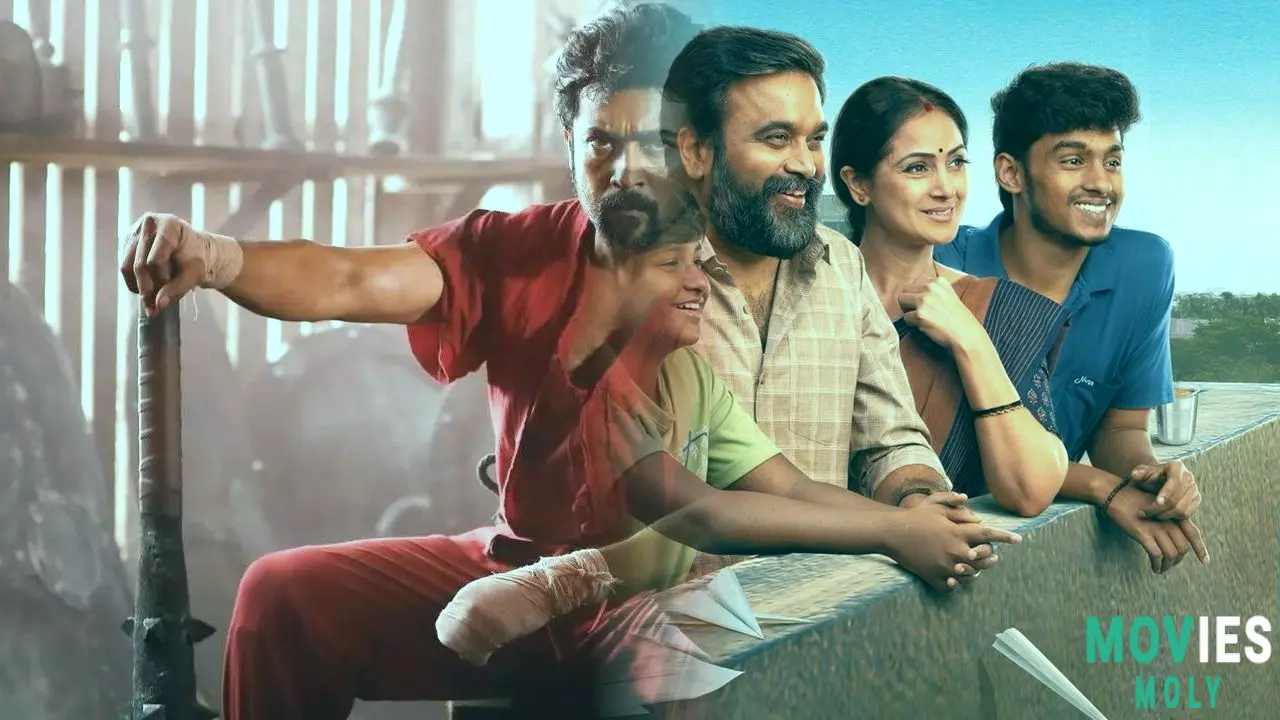
Director Karthik Subbaraj, known for his genre-bending work in films like Jigarthanda and Petta, takes on time travel with a twist. Instead of leaning into hard sci-fi, Retro mixes temporal jumps with vintage style and mass filmi elements. The result is a storytelling approach that feels both fresh and familiar—like watching a Marvel multiverse saga through the lens of a 90s Telugu action movie.
The shifts between timelines aren’t just plot devices; they’re mood swings. One minute you’re in a gritty crime den, the next you’re immersed in a neon-lit 80s dance hall. Cinematographer Shreyaas Krishna and production designer Suresh bring these eras to life with such vibrancy that it feels like each time jump is a level in a retro video game. These sequences gain a whole new level of excitement on the big screen, where the color, movement, and energy can truly surround you.
Santhosh Narayanan’s soundtrack turns every scene into a blockbuster moment
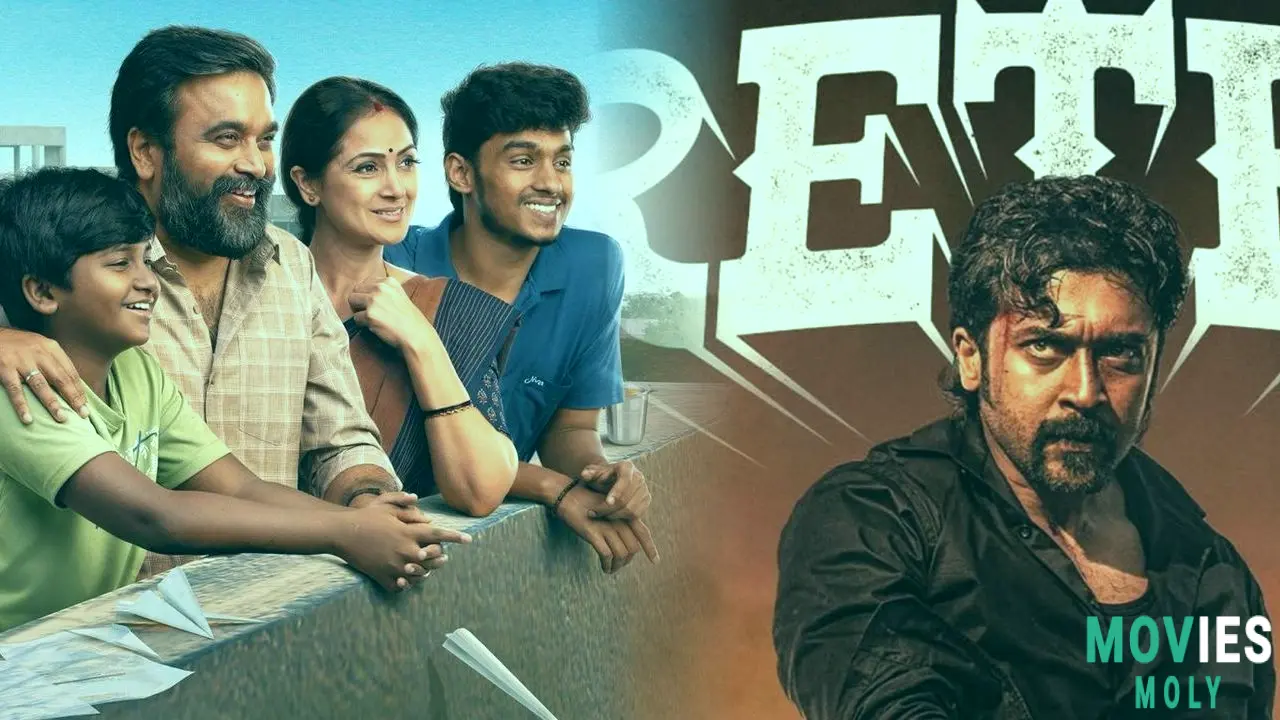
If Retro had a real superhero team behind the scenes, it would be Santhosh Narayanan and Karthik Subbaraj. The composer’s score is nothing short of phenomenal, blending old-school synths with modern bass drops to create a soundscape that’s both nostalgic and explosive. From the earwormy “Kannamma” song with its unforgettable single-shot sequence to the rumbling BGM during fight scenes, the music never lets up.
This is soundtrack work that understands its medium. In a theatre, with surround sound wrapping around you, Narayanan’s compositions don’t just support the action—they become the action. It's the kind of audio experience that turns casual viewers into die-hard fans, much like how Hans Zimmer’s scores elevated Inception and Interstellar to another dimension.
Designed for crowd energy: punch dialogues, slow-mo entries, and whistle moments
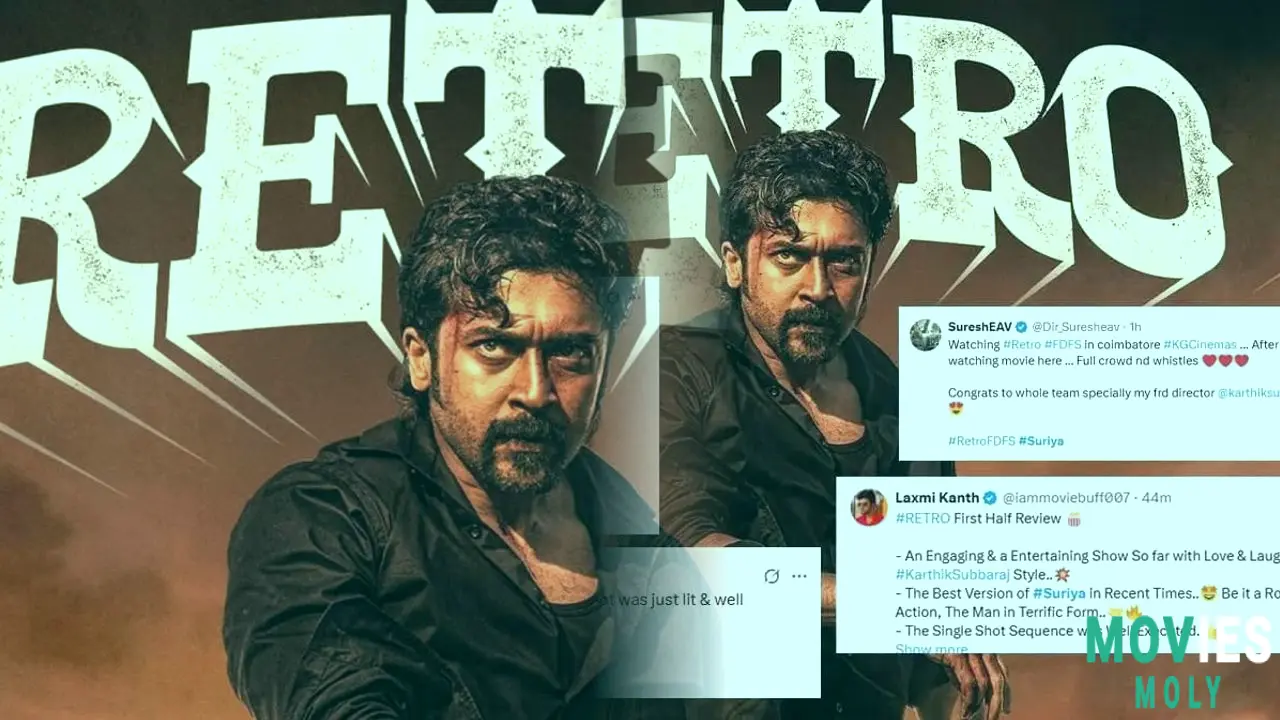
Retro isn’t shy about courting its fanbase, and it does so with a swagger that’s hard to resist. From whistle-worthy punch lines to dramatic slow-motion entrances, the film is packed with moments that are made for theatre crowds. There’s a distinct joy in watching these scenes unfold with a packed house—where every dialogue is cheered, every action sequence is groaned at in delight, and every emotional beat is amplified by collective energy.
These aren’t just fan service moments; they’re anthems. They turn the film into a participatory experience, similar to how Deadpool or Guardians of the Galaxy screenings become fan parties. Even if the story wobbles in the second half, the sheer momentum of these sequences keeps the audience engaged and invested.
Mixed reviews can’t dim the film’s cultural and cinematic impact
It’s worth noting that Retro has its share of critics. Many reviews point to a muddled second half, underutilized legends like Prakash Raj and Nassar, and a screenplay that tries to juggle too many genres. But like many bold genre experiments—think Suicide Squad or Thor: Love and Thunder—the film shines brightest when it sticks to what it does best: style, energy, and Suriya.
For fans of the actor and Indian commercial cinema, Retro is a landmark—one that dares to mix science fiction with masala filmmaking. It’s not flawless, but it’s fearless. And that kind of ambition, especially when paired with a performance like Suriya’s, is worth celebrating.
In the end, Retro is more than a movie—it’s an experience. One that’s elevated by a theatre crowd, a booming sound system, and the sheer presence of a star at his peak. So, if you’re wondering whether to catch it in cinemas, the answer is a loud, energetic yes. This is one film where the audience is part of the superhero team.

